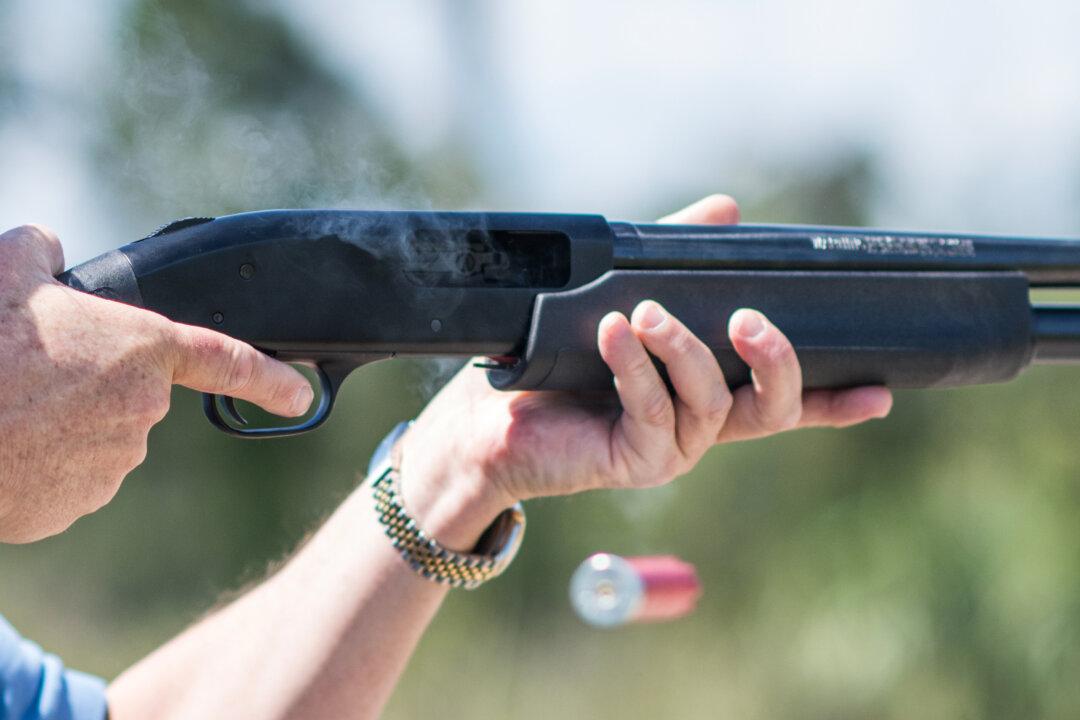DAYTONA BEACH, Fla.—Jonathan Mossberg is among a small number of pioneers looking to build a safer gun. But unlike many others, he was in the gun business when he started down that path.
His family is renowned for its premier line of shotguns treasured by law enforcement, hunters and the military. Mossberg already has spent more than a decade working to develop—and someday bring to the market—a firearm that the wrong person cannot fire. It is intended to work without fail in the hands of its owner in a life-or-death situation.
“We’re gun people, so we know when you pick up a gun you want to shoot it,” Mossberg said. “You don’t want to swipe your finger. You don’t want to talk to it. In an emergency situation, you want to pick it up and use it.”
Mossberg’s iGun Technology Corp., based in Daytona Beach, Florida, relies on a simple piece of jewelry—a ring—that “talks” to a circuit board embedded in a firearm to let it know the user is authorized. The ring must be within centimeters of the gun for the gun to fire.





